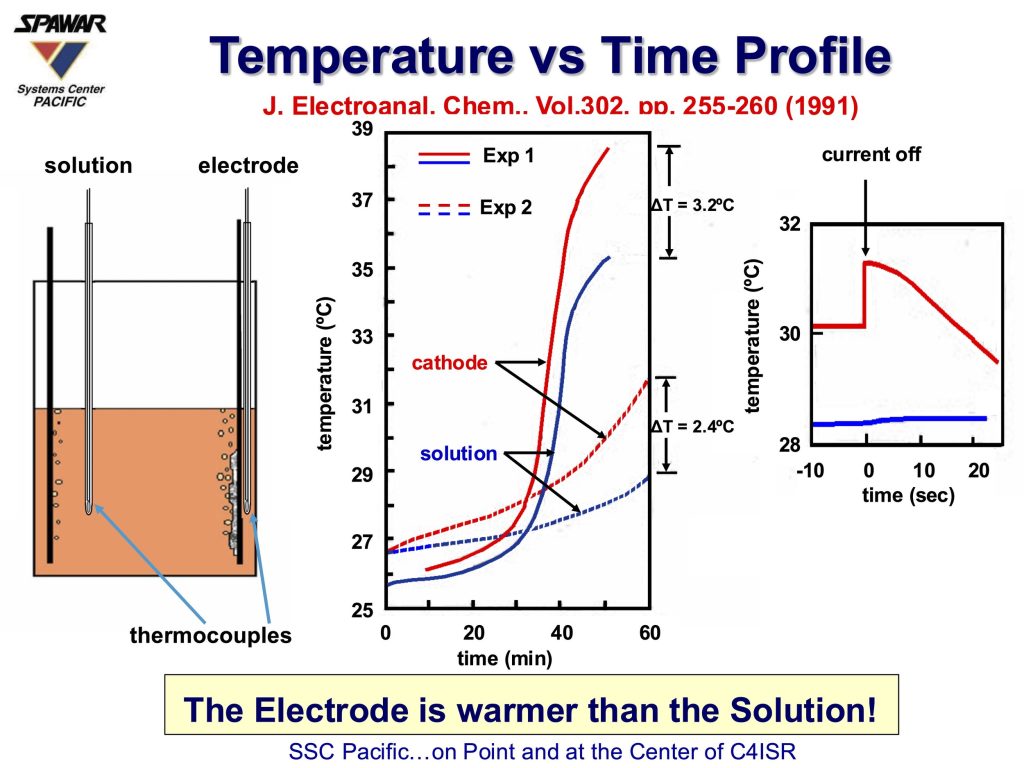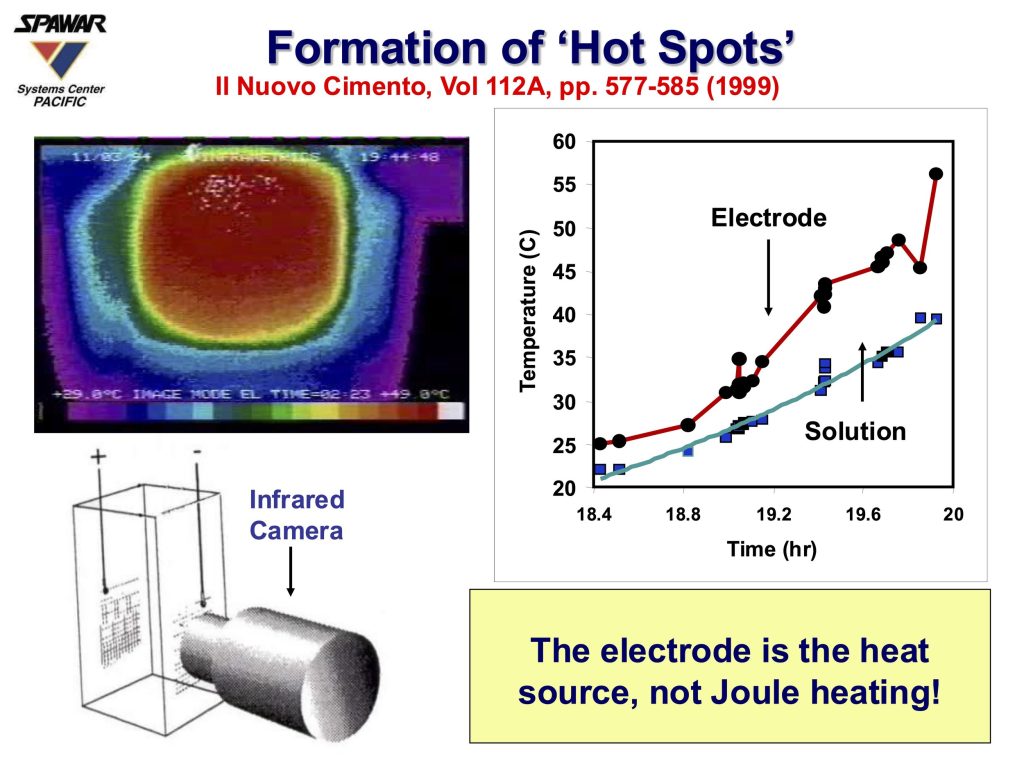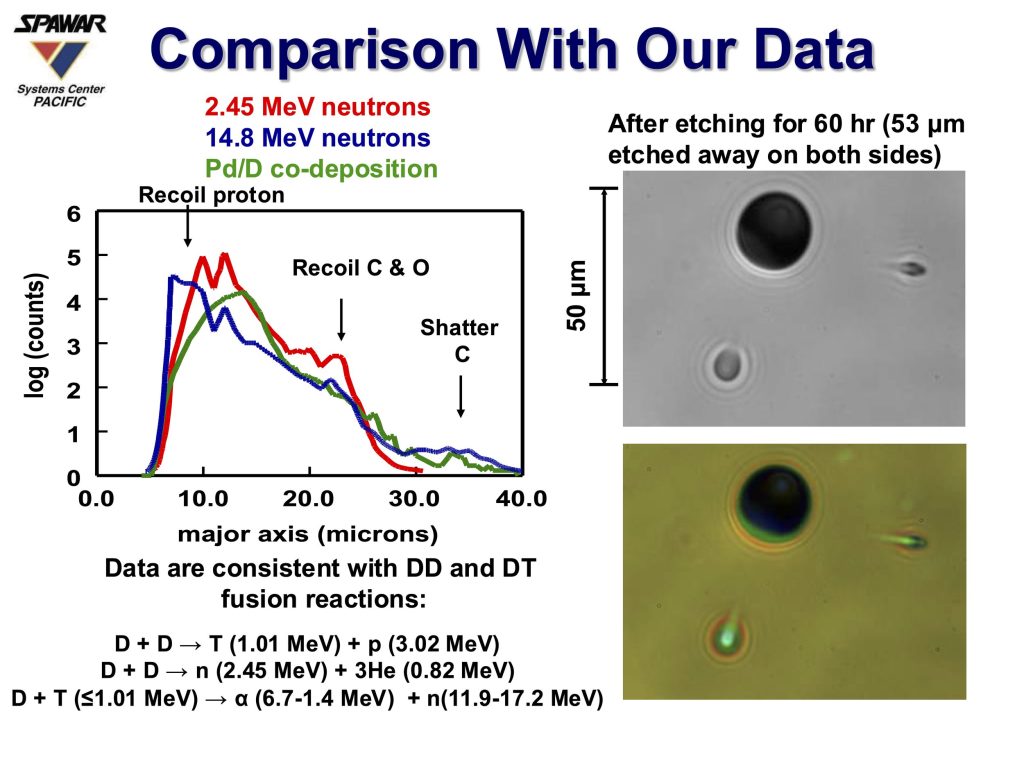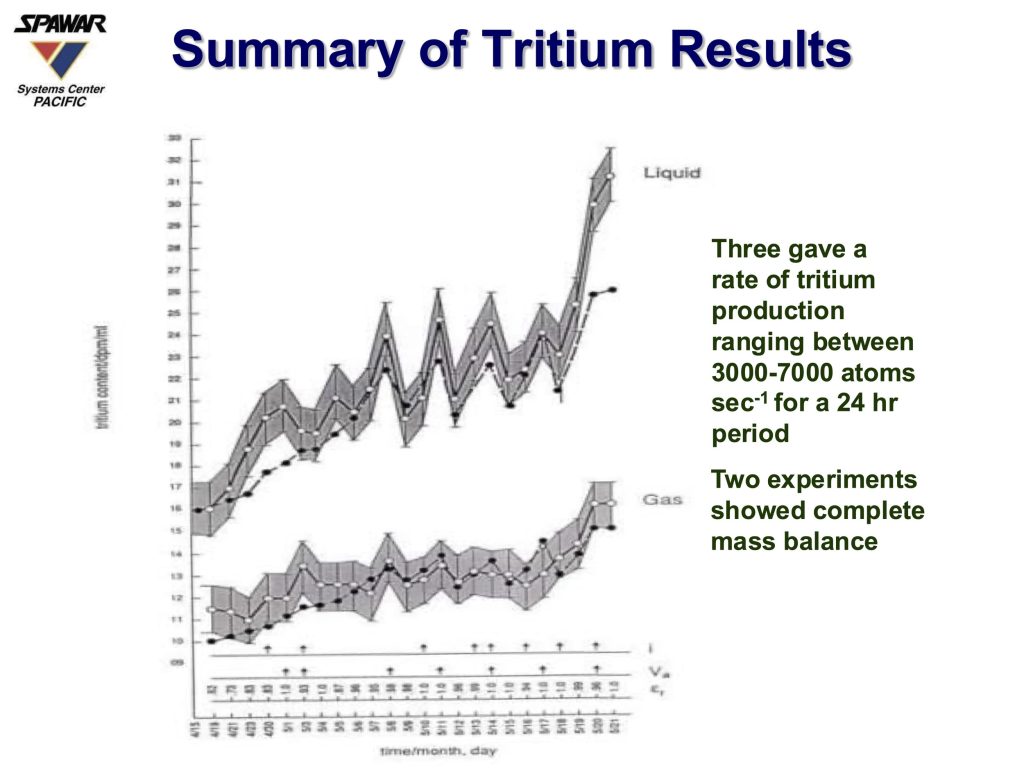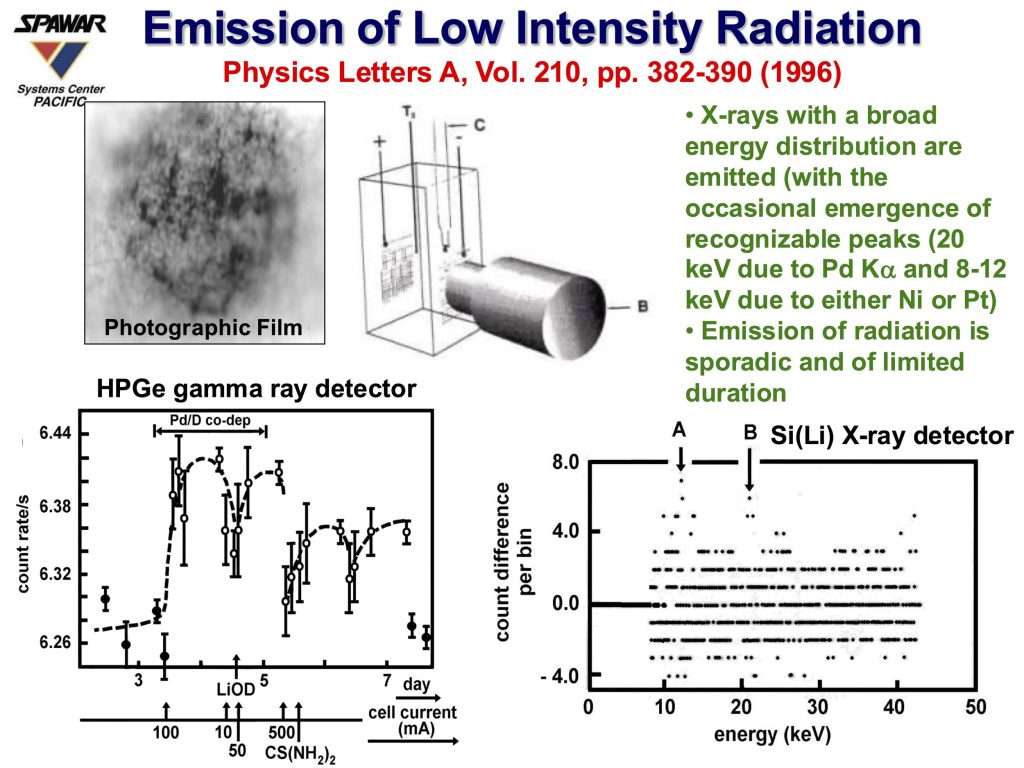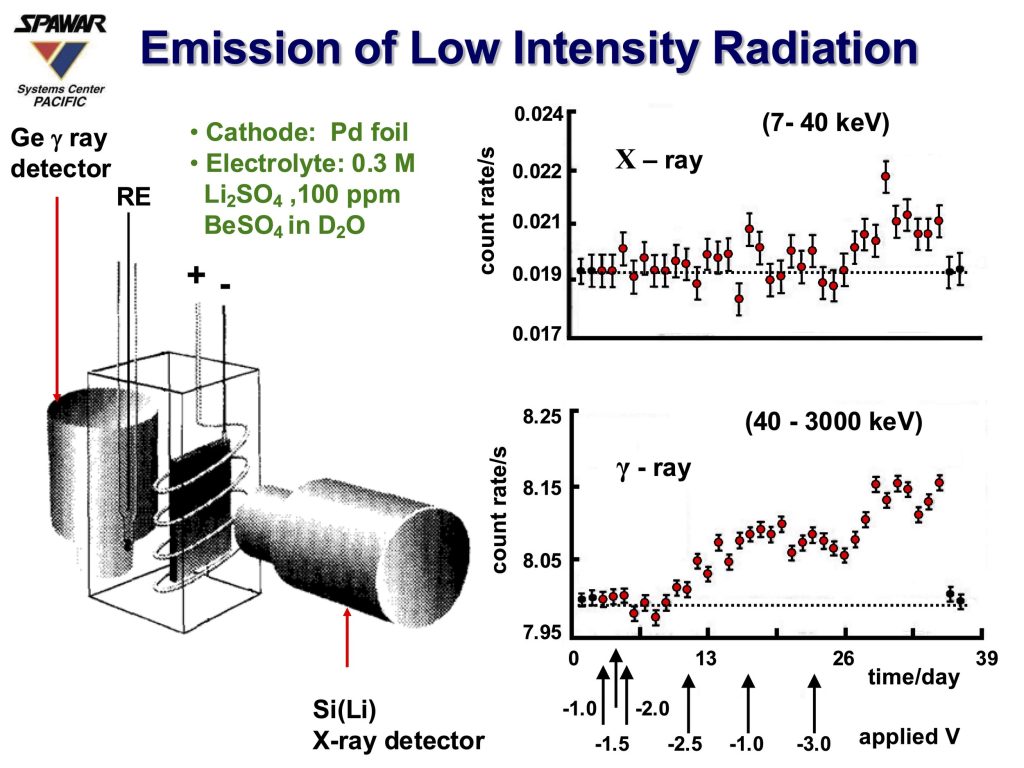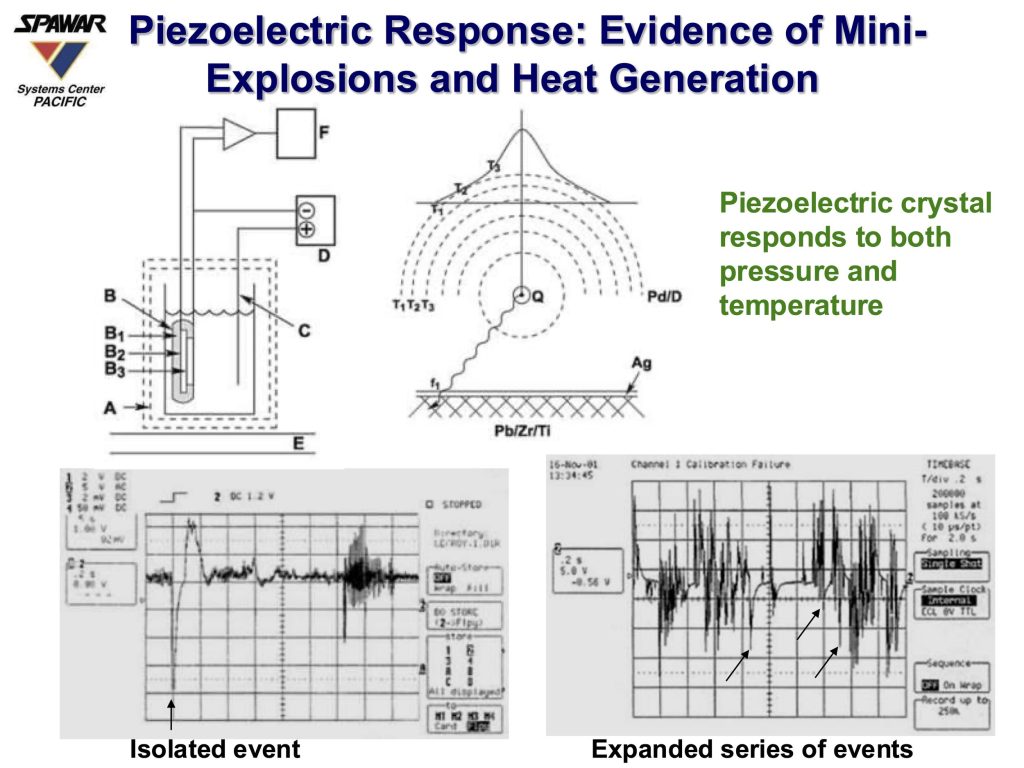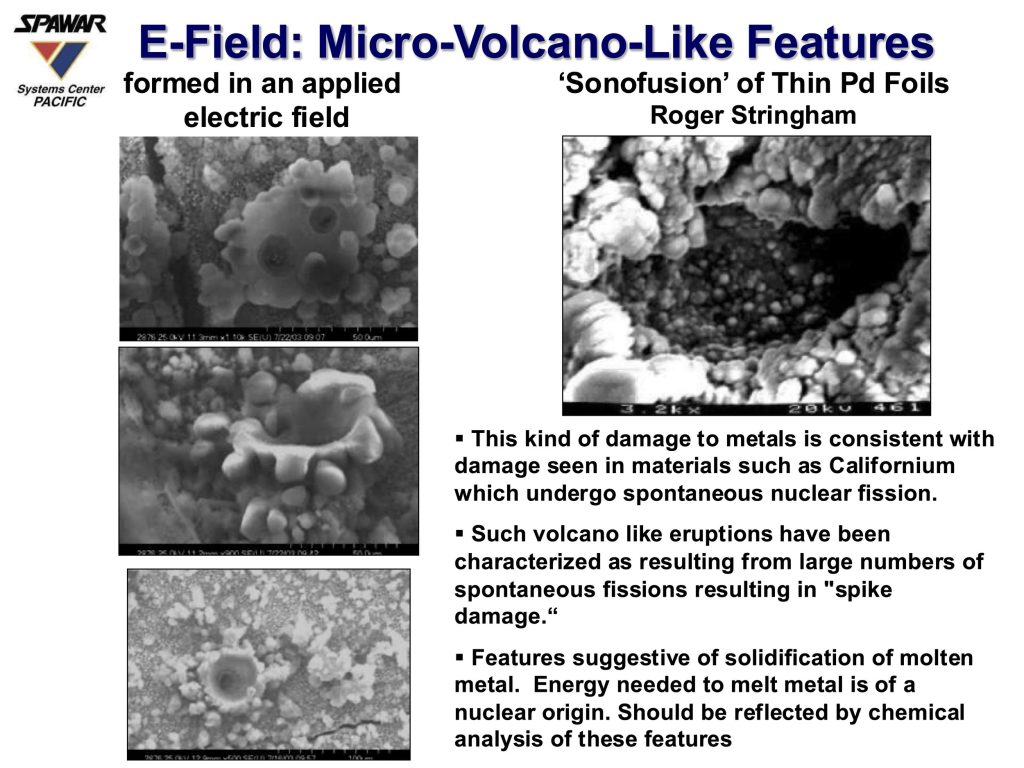Introduction
The Trackers STEM Kit is a LENR experimental protocol developed by Dr. Pamela Mosier-Boss, previously with the US Navy’s Space & Naval Warfare Systems Center (SPAWAR) and her colleague, Dr. Lawrence Forsley. The Trackers protocol is a streamlined version of the Szpak protocol, developed by SPAWAR scientists over decades of study.
The Trackers protocol was developed for undergraduate chemistry students as a way to offer hands on experience studying low energy nuclear reactions in a safe, cost and time efficient manner.
The protocol uses electrochemistry to co-deposit palladium and deuterium onto a cathode at D/Pd atomic ratios of >1. Solid state nuclear track detectors are used to monitor the experiment for anomalous radiation.
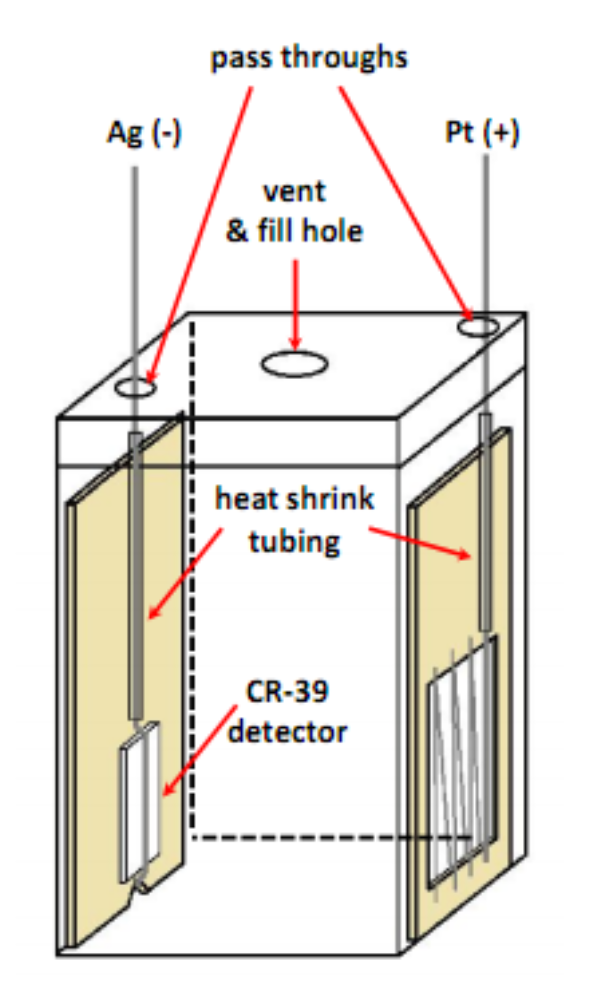
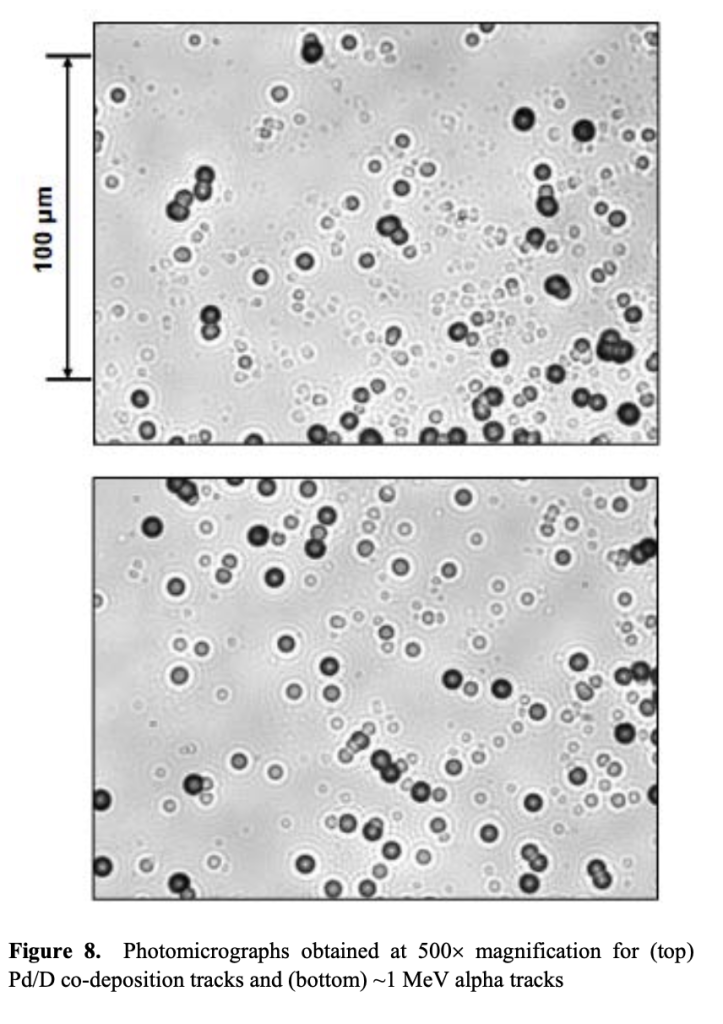
SPAWAR’s Szpak co-deposition protocol has been replicated by a number of groups, including researchers at NASA, the Naval Surface Warfare Center, Naval Air Warfare Center, SRI International, Texas A&M, KRICT, and MIT.
To date, several groups of undergraduate students have used the Trackers protocol to successfully replicate elements of the work done by these scientific groups.
The Trackers STEM Kit is a fantastic way for undergraduate students and their teachers to get hands on experience with a peer reviewed and replicated experimental protocol that offers the chance to explore cutting edge scientific phenomena in classroom environments.
“The progress you have made in replicating LENR using the Pd/D/Li co-deposition protocol is exciting and exceptionally well organized. I agree that it would be a great learning tool for students studying physics, chemistry, nuclear engineering, and materials science and engineering, among other fields.”
Dr. Arden L. Bement (retired)
Previously: MIT, Nuclear Engineering; DoD Deputy Undersecretary for Research and Engineering; NIST Director; NSF Director; Purdue University, Global Policy Institute
History
Shortly after the announcement of cold fusion in 1989 by Drs. Martin Fleischmann and Stanley Pons at the University of Utah, Dr. Stanislaw Szpak and his colleagues at SPAWAR began experiments to replicate the phenomenon. At the time, Szpak and his coworkers were working on the development of batteries for torpedo propulsion. Szpak knew of the Fleischmann and Pons experiments prior to their announcement, and was aware of the long incubation times required before experiments would show results.
Szpak and coworkers developed the co-deposition protocol in an effort to cut down the time required to complete experimental cycles. Unlike Fleischmann and Pons, who electrolysed D2O at a bulk palladium cathode, Szpak and coworkers reasoned that they could get to the high levels of deuterium loading required for success more quickly using co-deposition.
Beginning in 1991 with a preliminary note, the SPAWAR group reported observations of anomalous heat, tritium, x-rays, transmutation, charged particles and neutrons emanating from their experiments. They published their work in peer reviewed journals and presented their work at venues including the American Physical Society and the American Chemical Society. The group’s work has been featured in New Scientist, the Economist and other print, television and digital media.
“I must say that the data and their analysis seem to suggest that energetic neutrons have been produced.”
Dr. Johan Frenje
Sr. Research Scientist, Asst. Division Head MIT Plasma Science & Fusion Center
Trackers STEM Kit
Szpak Co-deposition Protocol
SPAWAR, “Twenty Year History in LENR Research Using Pd/D Co-Deposition” (Video), University of Missouri Vice Chancellor for Research Seminar Series, 2009 (Download slides here)
Szpak Protocol Replications
Smith, Phillip J. et al., “Electrolytic Co-deposition Neutron Production Evaluation” TM-20210010199, NASA Technical Reports Server, Jul. 2021 (Supplementary to the above paper).
Letts, Dennis and Hagelstein, Peter, “Modified Szpak Protocol for Excess Heat”, JCMNS Vol. 6, 2012
Press
Daviss, Bennett, “Reasonable Doubt” New Scientist No. 2388, 29 March, 2003
Daviss, Bennett, “Cold Fusion Rides Again” New Scientist No. 2602, May 5-11, 2007
“The Beast That Will Not Die” The Economist, March 28, 2009
“Evidence of Nuclear Fusion”, Brink, Discovery Science Channel, March 27, 2009
Selected Slides from SPAWAR’s U. of M. VCR Seminar Series Presentation
